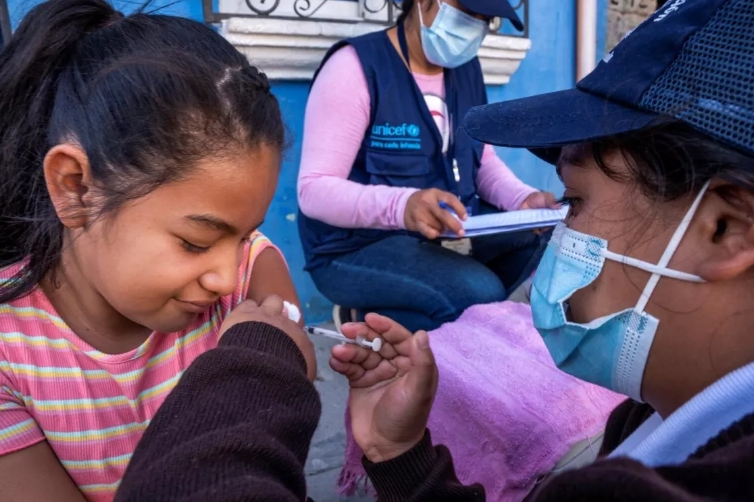We appreciate you supporting FridayParts and putting your trust in us in May, 2022.
In May, we donated 398 US dollars to poor children around the world based on 3976 orders. We donate monthly to charity. Thanks to all our customers.
Nutrition and care for children with wasting
Treating children with the most life-threatening form of malnutrition.
Source: UNICEF
Wasting is the most immediate, visible and life-threatening form of malnutrition. It results from the failure to prevent malnutrition among the most vulnerable children.
Children with wasting are too thin and their immune systems are weak, leaving them vulnerable to developmental delays, disease and death. Some children affected by wasting also suffer from nutritional oedema, characterized by a swollen face, feet and limbs.
Wasting and other forms of acute malnutrition are the result of maternal malnutrition, low birthweight, poor feeding and care practices, and infection exacerbated by food insecurity, limited access to safe drinking water, and poverty. Growing evidence suggests that wasting occurs very early in life and disproportionally affects children under 2 years of age.
The number of children who suffer from wasting can increase dramatically as a result of conflict, epidemics and food insecurity, including that caused by climate change–induced droughts and flooding. Yet, wasting is not only a characteristic of crisis. In fact, two thirds of all children with wasting live in places that are not facing emergencies.
While the number of children being treated for wasting and other forms of life-threatening malnutrition has risen in recent years, only one in three children with severe wasting are reached with the timely treatment and care they need to survive and thrive.
In many countries, the prevention and treatment of wasting is underprioritized, under-resourced and out of reach – particularly for the most disadvantaged families and communities.
This article is excerpted from unicef. Learn more at: http://www.unicef.com







Leave A Comment